What's eating my hosta?
sueswatercolor
11 years ago
Featured Answer
Sort by:Oldest
Comments (19)
ken_adrian Adrian MI cold Z5
11 years agoCindy
11 years agoRelated Professionals
Prairie Ridge Landscape Architects & Landscape Designers · Matthews Landscape Contractors · Brunswick Landscape Contractors · College Park Landscape Contractors · Coram Landscape Contractors · Las Vegas Landscape Contractors · Reisterstown Landscape Contractors · Kingsburg Landscape Contractors · Roy Driveway Installation & Maintenance · Fort Myers Driveway Installation & Maintenance · Compton Fence Contractors · Lincolnwood Fence Contractors · Meridian Fence Contractors · Severna Park Fence Contractors · Cerritos Solar Energy SystemsHostaEdz5
11 years agoSteve Massachusetts
11 years agobkay2000
11 years agoBabka NorCal 9b
11 years agosteelskies
11 years agosueswatercolor
11 years agoSteve Massachusetts
11 years agoirawon
11 years agoken_adrian Adrian MI cold Z5
11 years agosteelskies
11 years agoBabka NorCal 9b
11 years agosteelskies
11 years agoSteve Massachusetts
11 years agoBabka NorCal 9b
11 years agosueswatercolor
11 years agojohnsonnek
11 years ago
Related Stories

GARDENING GUIDESTop 12 Summer-Blooming Perennials for Deer-Resistant Drama
Can you have garden color, fragrance and exciting foliage with hungry deer afoot? These beauties say yes
Full Story
EDIBLE GARDENSHow to Grow Your Own Sweet Summer Crops
This guide will help any gardener get started on growing the freshest warm-season veggies and berries for summer
Full Story
GARDENING GUIDESOh, Deer! 10 Native Flowers That Stand Up to the Herds
Keeping a garden amid hungry deer can be hard, but these plants should fare well
Full Story
LANDSCAPE DESIGNHow to Create a Beautiful Shade Garden
Turn the cool, shady spot in your garden into your own quiet oasis
Full Story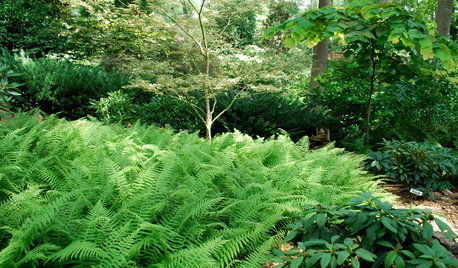
PLANTING IDEASFerns: A Shade Gardener’s Best Friend
Bring rich texture and contrast to a dark woodland landscape with wonderfully diverse ferns
Full Story
GARDENING GUIDESGarden-Friendly Native Alternatives to Overplanted Exotics
There are lots of gorgeous, wildlife-friendly native plants ready to make an appearance in your garden
Full Story
GARDENING GUIDESHow to Design a Garden That Lasts
Climates are changing. Wildlife is evolving. Can your garden keep up?
Full Story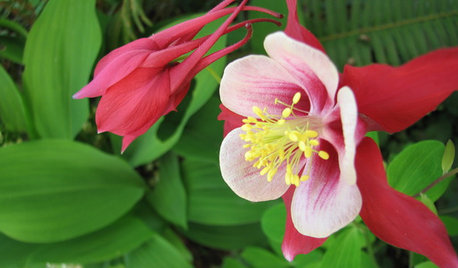
GARDENING FOR BUTTERFLIESGreat Design Plant: Columbine Grows Happily in Shade and Sun
Its ethereal beauty comes from complex forms and wide-ranging colors, but columbine’s benefits are highly attractive too
Full Story
GARDENING GUIDESNew Ways to Think About All That Mulch in the Garden
Before you go making a mountain out of a mulch hill, learn the facts about what your plants and soil really want
Full Story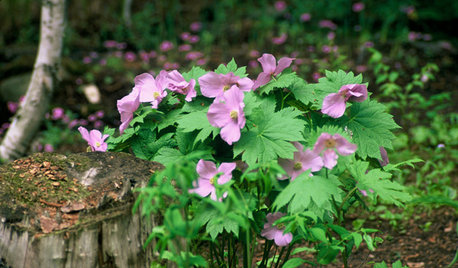
GARDENING GUIDES7 Shade-Loving Rarities of the Plant World
Cultivate a discriminating air in a shady garden patch with these uncommon woodland wonders
Full Story





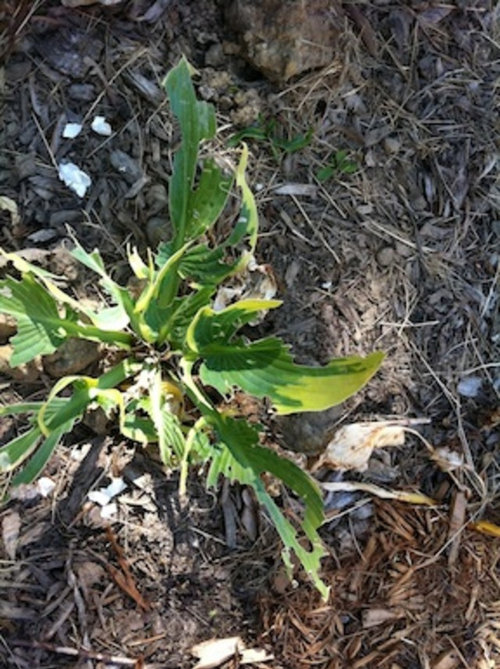
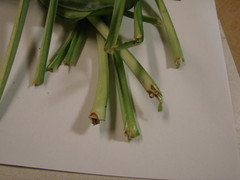
bkay2000